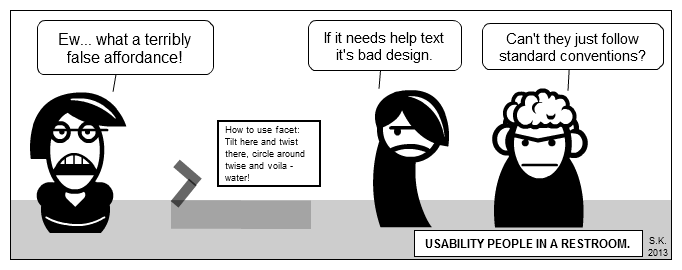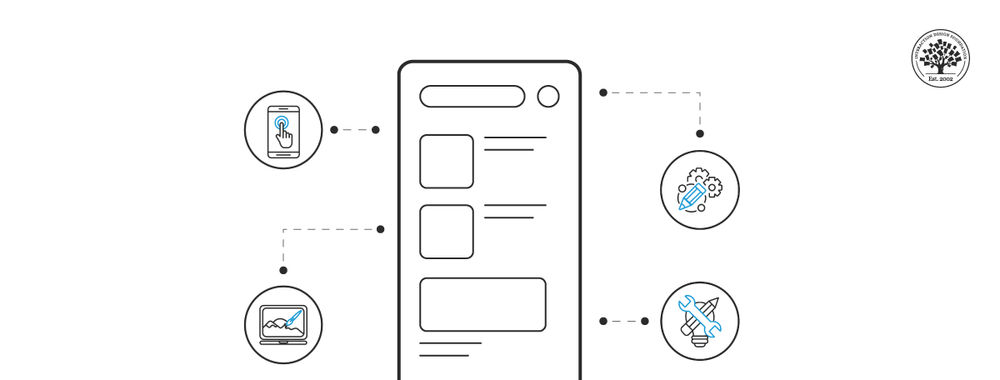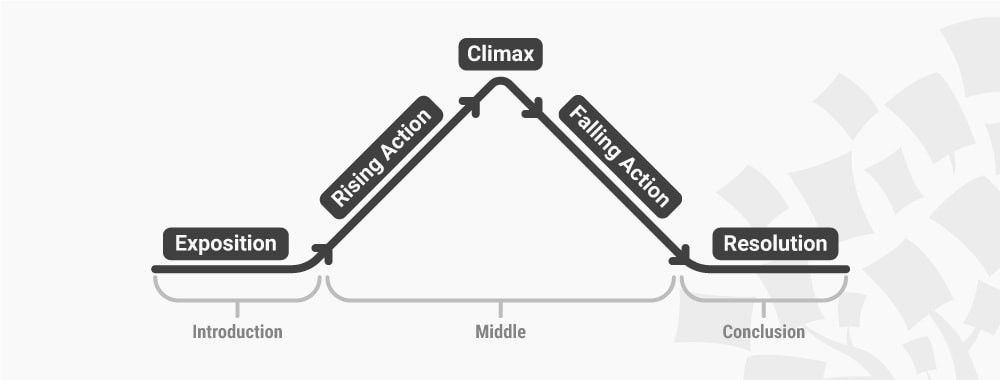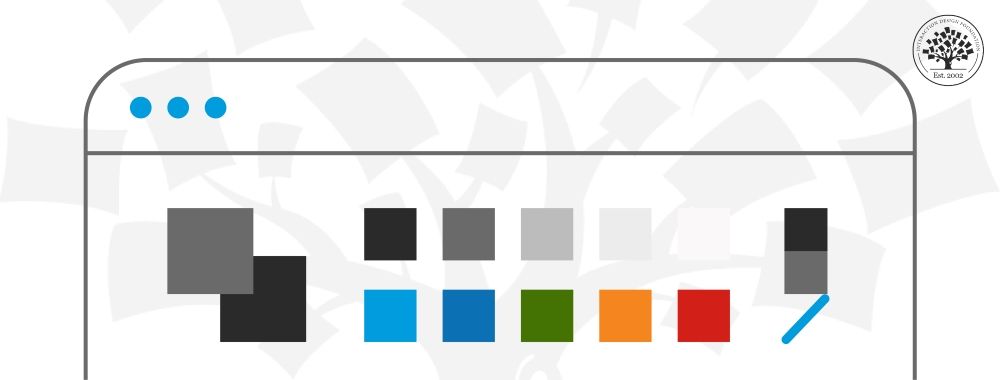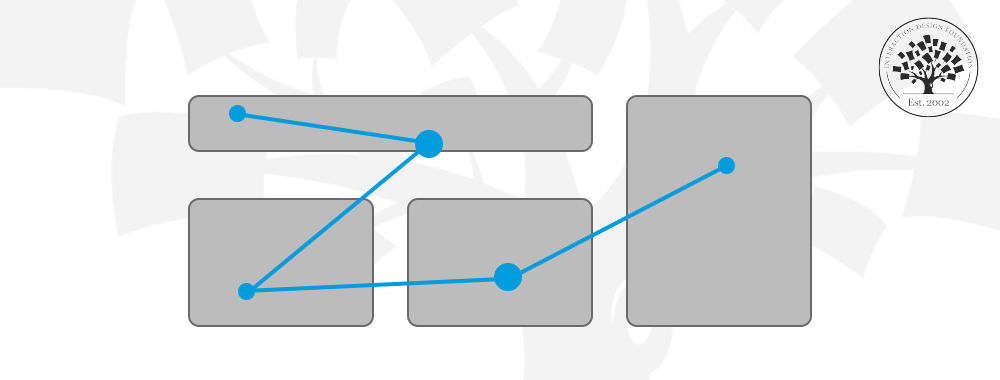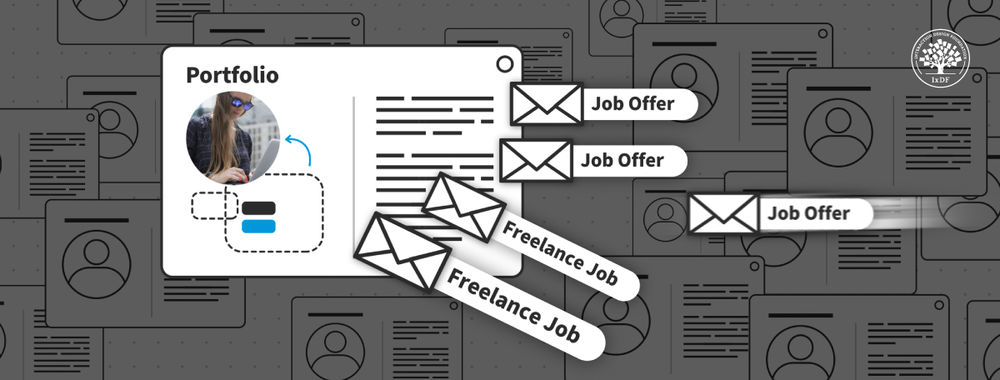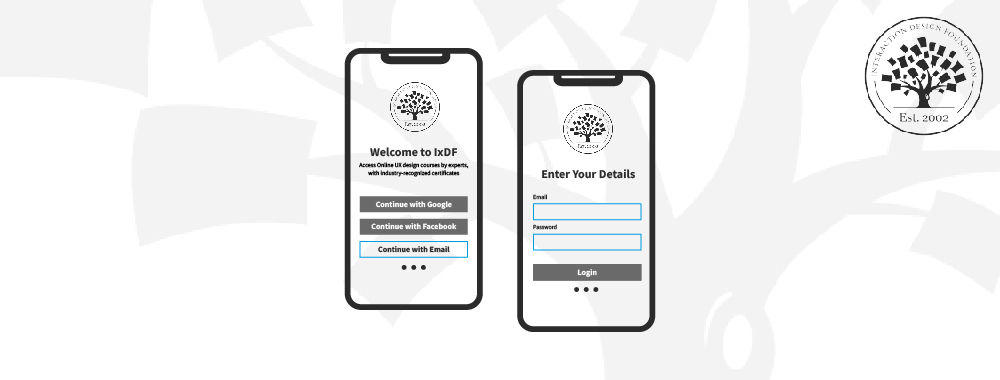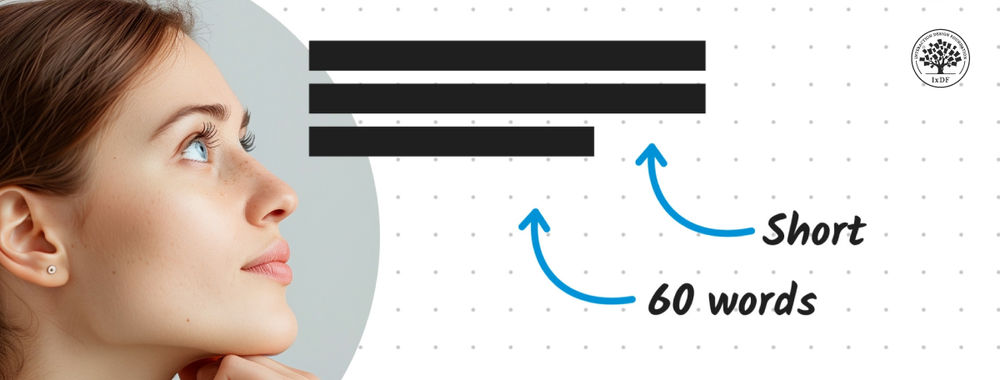What is Ecological Perception Theory? In simple terms; it’s the theory of how our environment changes the way that we act. Once we know that, we can then see how important this concept must be to design and in particular to industrial design.
Barker and Ecological Perception Theory
Barker’s work was completed during the late 1960s. Barker theorized that human behaviour was “radically situated”. What he meant was that if you didn’t know what kind of environment somebody was in; you couldn’t make any predictions about their behaviours in a given situation.
This is obvious when you consider how differently someone might behave in church when compared to how they would behave in a bar or public house.
Barker has spent much time fleshing out his ideas but it is to another we turn to find the most useful ecological perception theories for our design.

Gibson and Ecological Perception Theory
Gibson’s work was very much based on Barker’s and he too believed that we can only predict behaviour based on understanding someone’s environment. However, he also brought us two very important concepts which are applied in almost all design work (whether consciously or not).

Affordances and Effectivities
People can perceive their ability to interact with the world based on affordances and effectivities. For example; I can open a door using the handle (an affordance) because of my hands (effectivities). We may find that different effectivities affect the way that we perceive an affordance.
For example; a cat may mimic my ability to open a door by using its paws (feet) as effectivities but it is somewhat unlikely that a mouse would be able to do the same and thus the mouse would not see the door handle as an affordance at all.

The importance of affordances is incredibly clear in User Interface Design and for Human-Computer Interaction work. The affordance is the physical point with which we interact with technology. Whether it be a voice-activated handset or a simple light switch; affordances are a key and yet often neglected part of the design process.
New affordances can be ground-breaking such as the jog wheel on the Apple iPod which brought critical acclaim in the way it revolutionized hunting through a long list on a small screen.
Want to know more about Industrial Design and other theories which affect it? Then check out Kees Overbeeke and Caroline Hummel’s work on Industrial Design here.
Imgs: Affordance Fail, Ecological Perception in Art, Ecological Perception Theory, Affordances
